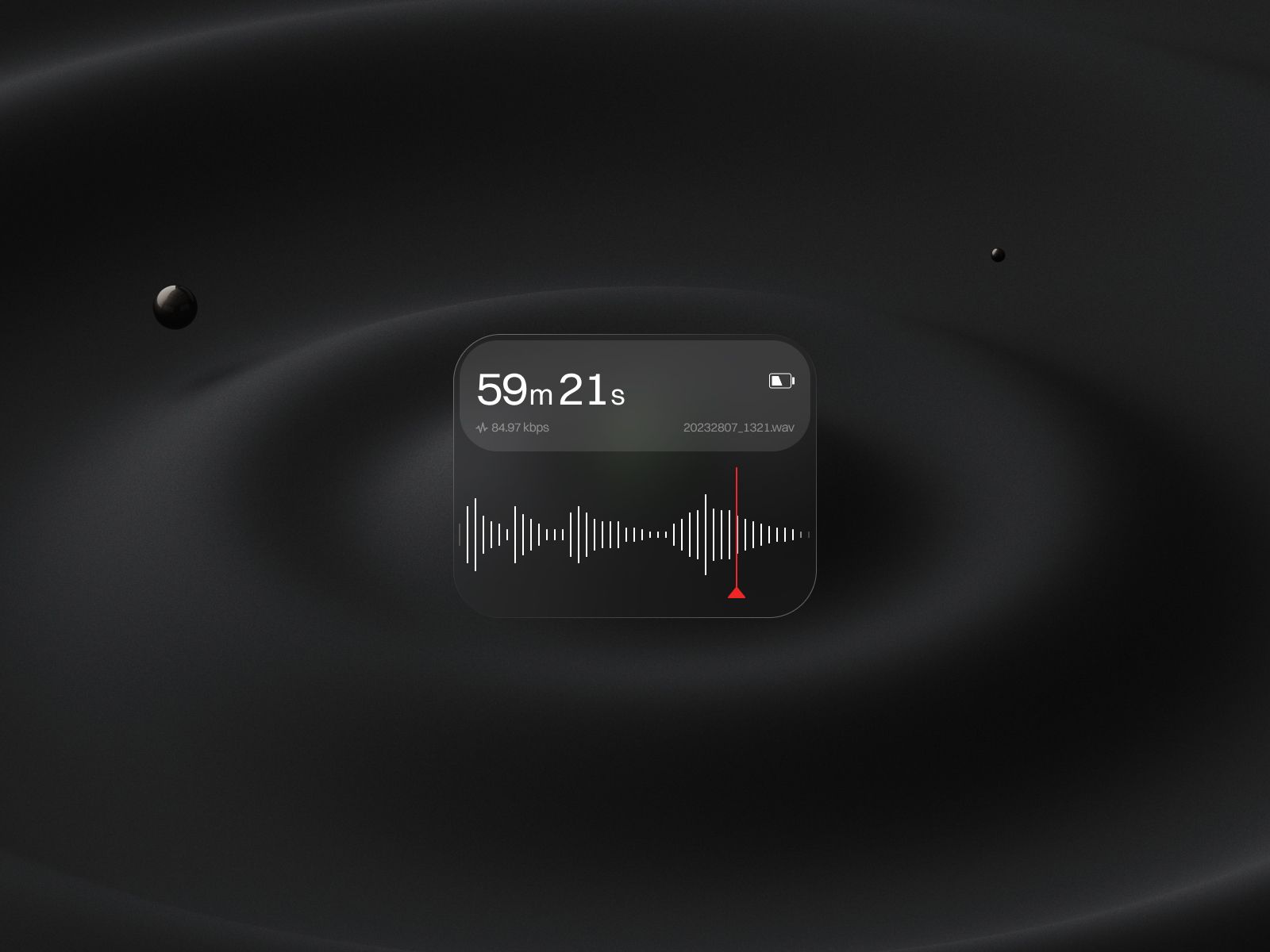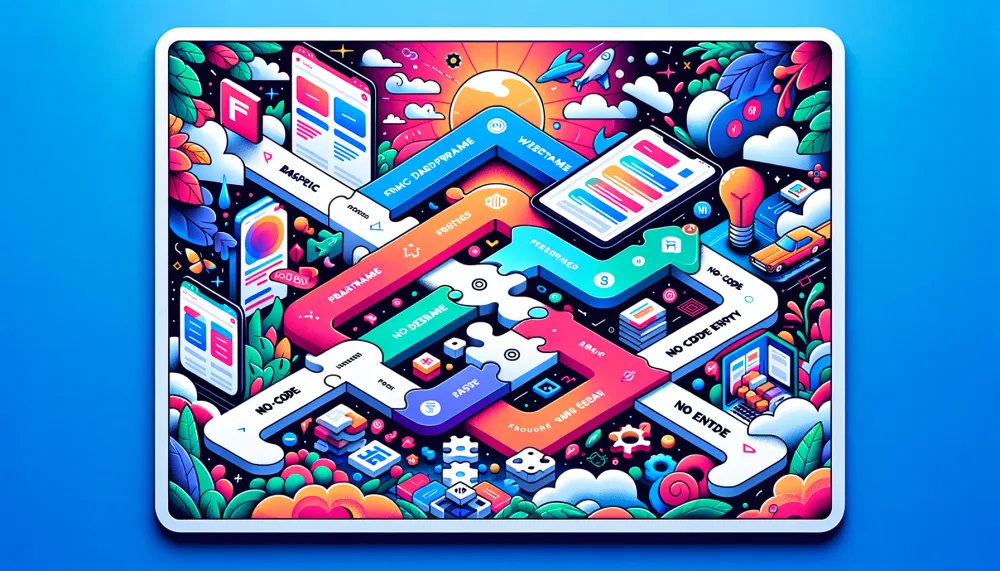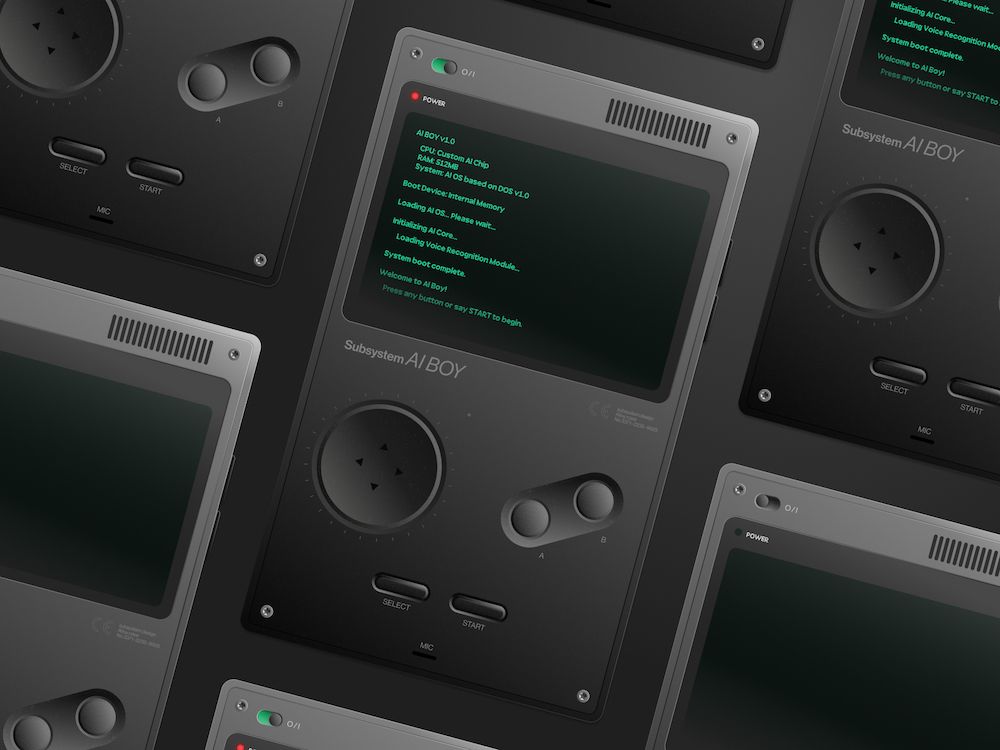Immersive Interactions in Design Using Artificial Intelligence
Ever been so engrossed in a game or an app that you lose track of time? That's the magic of immersive interactions! They're all about creating experiences that pull you in, making you feel like you're part of the digital world. It's like going from watching a movie to being in the movie. And the best part? It's not just about clicking or tapping anymore. We're talking voice chats, hand gestures, and even stepping into new worlds with Augmented Reality (AR) and Virtual Reality (VR).
Note: Below are the links to other articles from this series:
Now, you might be wondering, "How does all this happen?" Well, that's where Artificial Intelligence (AI) comes in. AI is like the wizard behind the curtain, learning what you like, predicting what you need, and changing the digital world to suit you. It's like having a personal assistant who knows you really well, making your digital experiences more personal and fun.
In the next part, we're going to dive into how AI is learning to understand us better. It's like a digital friendship in the making! So, stick around, it's going to be an exciting ride!
How Technology Adapts to Human Preferences in UI Design
Ever played one of those video games where the world seems to react to your every move? Trees sway as you pass, characters remember your choices, and the story changes based on your decisions. That's immersion. Now, imagine if your everyday apps and websites did the same thing. That's the magic of immersive interactions in UI design, and AI is the wizard behind the curtain!
Here's the scoop: Traditional UI design is like a one-size-fits-all t-shirt. It's made for everyone, but might not fit anyone perfectly. But with AI, your digital experiences can be tailored just for you. It's like having a custom-made outfit every time you log in.
How does it pull off this fashion feat? AI observes how you interact with an interface, learns your preferences, and then tweaks the design in real-time. Maybe you like larger fonts, or perhaps you always skip certain types of content. AI picks up on these habits and adjusts accordingly. It's like your apps and websites are getting to know you, creating a digital space where you feel right at home.
But it's not just about comfort. Immersive UI design can also boost engagement, make tasks more efficient, and even add a sprinkle of delight to your day. Imagine a music app that not only suggests songs but also changes its theme to match the mood of the playlist. Or a fitness app that adjusts its challenges based on how you're feeling that day.
In the next section, we'll dive deeper into how these personalized, immersive interactions are changing the game (literally and figuratively!). So, buckle up and get ready for a fun ride through the world of AI-augmented UI design!
Changing User Interactions with Technology: A Dance with AI
Let's take a moment to appreciate how far we've come. Remember the days of clunky desktop computers and dial-up internet? Now, we've got sleek smartphones and lightning-fast Wi-Fi. But the most exciting change? It's how we interact with technology, and AI is leading that dance.
- From Clicks to Conversations: Early interfaces were all about buttons and menus. You clicked, and the computer responded. But with AI, we're moving from clicks to conversations. Siri, Alexa, and Google Assistant are all great examples. You ask, they answer. It's a more natural way to interact, almost like chatting with a friend.
- Personalized Experiences: Remember when everyone saw the same homepage on a website? Not anymore! AI now curates content based on your preferences. It's like walking into a store where everything on the shelves has been handpicked just for you.
- Predictive Assistance: AI doesn't just react; it anticipates. It suggests words as you type, routes before you drive, and even answers before you ask. It's like having a personal assistant who's always one step ahead.
- Immersive Realities: With AI, virtual and augmented reality experiences become more immersive. They respond to your movements, voice, and even gaze, making you feel like you're part of the action.
As users, these changes make our digital experiences more engaging, efficient, and enjoyable. We spend less time figuring out how to do things and more time actually doing them. It's like technology is finally speaking our language.
But as humans, these changes also impact us on a deeper level. They shape our expectations, habits, and even our thinking. We're learning to trust algorithms, adapt to new interfaces, and manage our digital identities.
Of course, this dance with AI isn't without its missteps. There are concerns about privacy, accuracy, and over-reliance on technology. As Spiderman's Uncle Ben once said, "With great power comes great responsibility." As we harness the power of AI, we must also address these challenges.
In the next section, we'll explore some real-world examples of how AI is transforming user interactions. So, stay tuned for some exciting stories from the frontlines of technology!
Real-World Examples of Immersive Interactions
Here are some examples of immersive interactions in UI design augmented by AI.
- Augmented Credit Card: This video demonstrates how augmented reality can enhance the experience of using a credit card.
- AI Assistant: This Dribbble shot showcases an AI assistant that uses immersive interactions to engage with users.
- Text Prompt to UI Design: This blog post discusses how AI can transform a simple text prompt into a stunning UI design.
- Galileo AI · Copilot for Interface Design: Galileo AI is a tool that uses AI to assist with interface design.
- POEMPORTRAITS by Es Devlin, Ross Goodwin, IYOIYO, Google Arts & Culture: This Google experiment combines AI and poetry to create unique, immersive experiences.
These examples illustrate the diverse ways in which AI can be used to create immersive interactions in UI design. They demonstrate how AI can adapt to user preferences, change the way we interact with technology, and even create entirely new types of user experiences.
In the next section, we'll wrap up our discussion and look ahead to the future of immersive interactions in UI design.
Gearing Up for the Future of AI in UI Design
We've taken a deep dive into the world of immersive interactions in UI design, and how AI is playing a pivotal role in this evolution. Here are the key takeaways from our discussion:
- Immersive interactions are transforming the way we interact with technology, making our experiences more engaging and intuitive.
- AI is adapting to human preferences, learning from our behaviors and patterns to create personalized experiences.
- The way we interact with technology is changing. AI is enabling more natural, human-like interactions, which are becoming integral to our daily lives.
- Real-world examples of immersive interactions are all around us, showcasing the potential and versatility of AI in UI design.
We invite you to observe these immersive interactions in your daily use of technology. How does your favorite app make use of AI? How does it adapt to your preferences? How does it change the way you interact with technology?
Join the discussion on X (Social media platform formerly known as Twitter) @SubsystemHQ and share your thoughts and experiences. We're excited to hear about the innovative ways you're seeing AI enhance immersive interactions in UI design!
Next up in our series "Adaptive evolution - AI Enhanced Design", we'll be exploring part 6: "The Future of AI in UI Design". We'll be diving into what the future holds for AI and UI design, and how these advancements will continue to shape our interactions with technology. Stay tuned!




